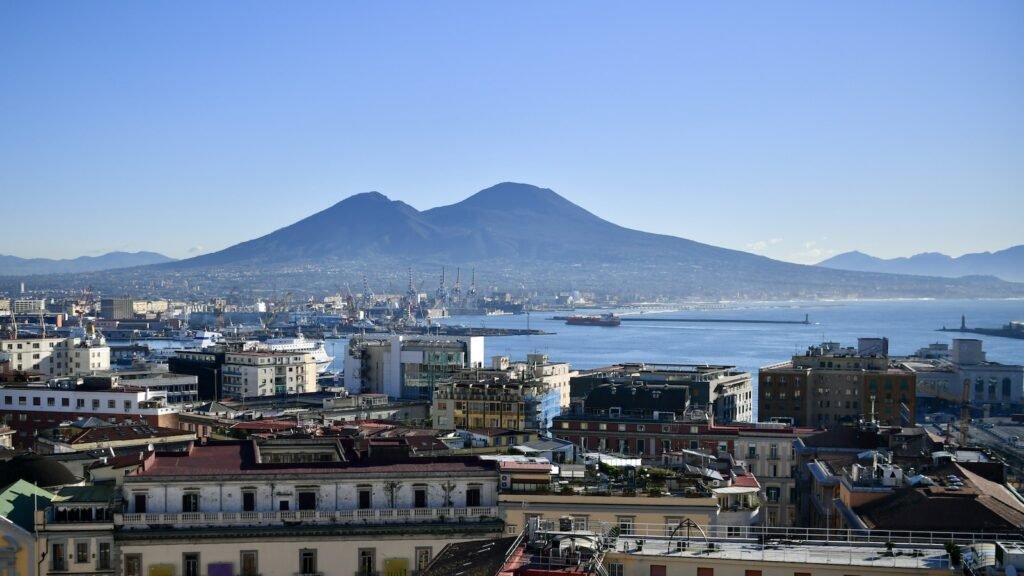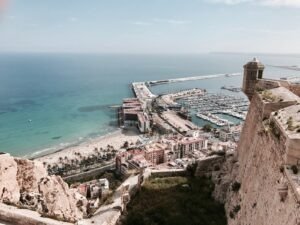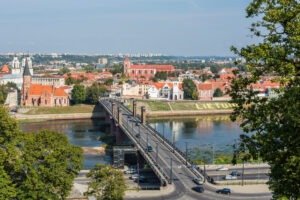Mount Vesuvius

Mount Vesuvius, located on the west coast of Italy, is one of the most famous volcanoes in the world. It is best known for its eruption in 79 AD, which buried the ancient Roman city of Pompeii and Herculaneum under layers of ash and pumice. Today, Mount Vesuvius is a popular tourist attraction, drawing millions of visitors each year who come to marvel at its natural beauty and learn about its fascinating history.
Location and How to Get There
Mount Vesuvius is located in the Campania region of Italy, about 9 kilometers east of Naples. The easiest way to get to the volcano is by car or bus. If you’re driving, take the A3 highway towards Salerno, and then follow the signs for Pompei/Vesuvio. If you’re taking public transportation, take the Circumvesuviana train from Naples or Sorrento and get off at the Ercolano Scavi station. From there, take the Vesuvio Express shuttle bus, which will take you to the entrance of the national park.
History
Mount Vesuvius is one of the most active volcanoes in the world, having erupted more than 50 times since 79 AD. Its most famous eruption occurred on August 24, 79 AD, when it buried the ancient Roman cities of Pompeii and Herculaneum under a thick layer of ash and pumice. The eruption was so powerful that it created a huge cloud of ash and debris that reached a height of over 30 kilometers. The eruption was also responsible for the deaths of thousands of people, including the famous naturalist Pliny the Elder, who died while attempting to rescue stranded victims.
Things to Do and See
One of the main attractions at Mount Vesuvius is the hike to the crater. The hike is steep and can be strenuous, but it is definitely worth the effort. The trail starts at the entrance of the national park and takes about 30-45 minutes to reach the crater. Along the way, you’ll be treated to breathtaking views of the Bay of Naples and the surrounding countryside. Once you reach the crater, you’ll be able to look down into the steaming pit and see the smoke rising from the volcano.
Another popular attraction at Mount Vesuvius is the Vesuvius Observatory. The observatory was established in 1841 and is one of the oldest volcanological observatories in the world. Visitors can learn about the history and geology of the volcano, as well as view exhibits on the science of volcanology.
Finally, if you’re interested in the history of the area, you can visit the ruins of Pompeii and Herculaneum. Pompeii is one of the most well-preserved ancient Roman cities in the world, and visitors can explore its streets, buildings, and monuments. Herculaneum is a smaller city, but it is also well-preserved and offers a glimpse into daily life in ancient times.
Tips for Visitors
- Wear comfortable shoes and clothing suitable for hiking.
- Bring sunscreen, a hat, and plenty of water, as it can get hot on the volcano.
- If you’re planning to visit Pompeii and Herculaneum, consider purchasing a combined ticket, which will give you access to both sites.
- Check the weather forecast before you go, as the volcano can be closed in bad weather.
- Respect the rules and regulations of the national park, and do not leave any litter behind.




